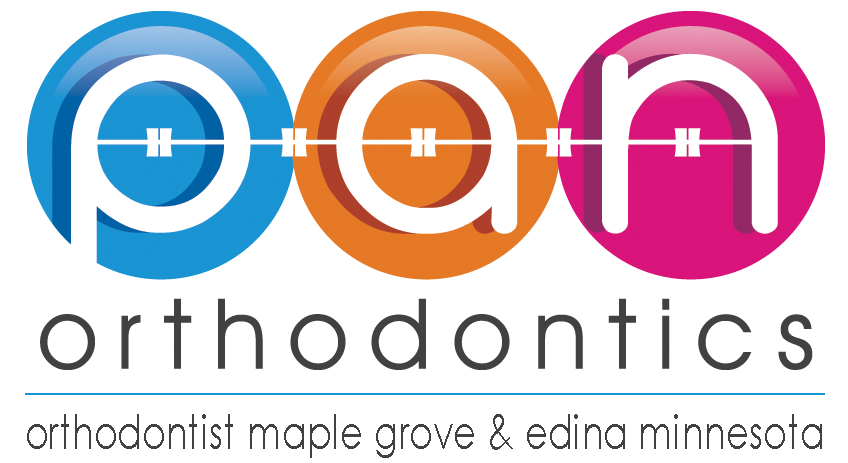What Age Should Crossbite Be Corrected?
Parents of young children may be surprised when a conversation about braces or orthodontic devices comes up at with the dentist. However, for children diagnosed with a crossbite, braces, retainers, or expanders could all be considerations as early as age three. Logically, parents of these children are likely curious about how soon treatment should take place as well as possible complications that could arise if no action is taken.
What is a Crossbite?
A crossbite occurs when some of a person’s upper teeth fit inside the lower teeth. Crossbites come in two basic types:
- Anterior Crossbite: Misalignment of the teeth, not the jaw, where one or more upper teeth sit behind the lower teeth.
- Posterior Crossbite: Occurs when upper back teeth (molars and premolars) sit inside the lower back teeth.
Crossbites can affect a single tooth or multiple teeth and can occur on one or both sides of the mouth. Generally speaking, if one or more teeth lay closer to the cheek or tongue rather than coming together evenly, the patient likely has a crossbite.
Crossbites typically develop during childhood and can be due to:
- Genetics
- Delayed baby teeth loss
- Permanent teeth erupt abnormally
- Finger sucking
- Excessive pacifier sucking
- Mouth breathing
How to Treat Crossbites and When
There is not a consensus within the dental community as to when treatment for a crossbite should be initiated. Some believe treatment should start as soon as a crossbite is noticed (can be as early as three years of age). Others feel treatment should only commence once the child’s sixth year molars arrive.
While there is not unanimous agreement as to when a crossbite should be treated, there is agreement that the condition should be addressed as the condition will not resolve on its own without orthodontic intervention. Failure to address crossbites can lead to a variety of future complications including tooth and gum wear, facial asymmetry, and uneven jaw development that could cause temporomandibular joint disorder. Crossbites can also lead to sleep apnea, tooth decay, tooth or jaw pain, headaches, and difficulty speaking properly.
There are several treatment options available for crossbites and which is used, varies based on the patient’s age and condition. Treatments include:
- Palate Expanders: These devices work to expand the palate (roof of the mouth) or upper jaw. Most effective around age 6, when the child’s jaw is still growing, palate expanders correct a crossbite by expanding the upper jaw to allow the lower teeth to fit inside the uppers.
- Braces: Used once the patient’s permanent teeth come in (adolescents), braces attach the surface of the teeth to gradually pull them into proper alignment. Often, braces are used in conjunction with palate expanders and/or rubber bands to help correct bite alignment.
- Aligners: Generally suitable for mild crossbites, clear aligners (Invisalign) serve as an alternative to metal braces and gently push the affected tooth or teeth into correct alignment.
- Jaw Surgery: Should a crossbite be severe, surgery may be necessary to reset the jaw into proper alignment. Prior to and after surgery, braces are often used to keep teeth properly aligned.
